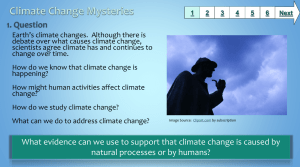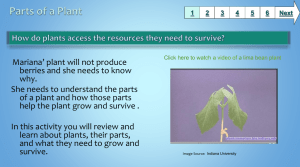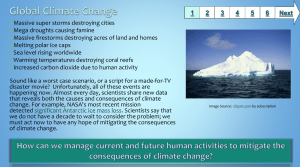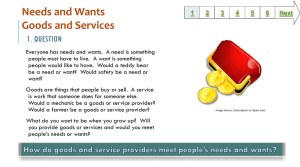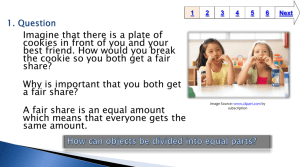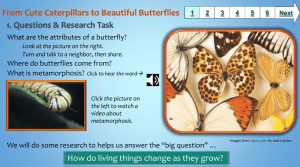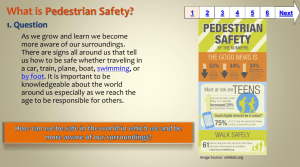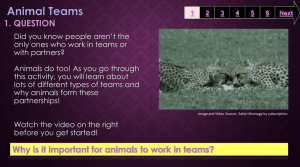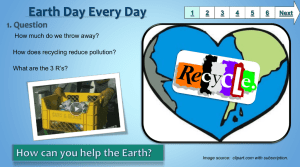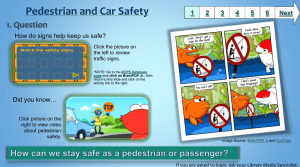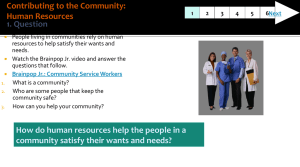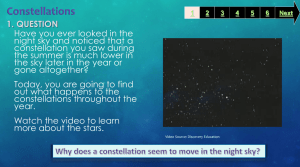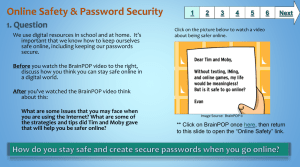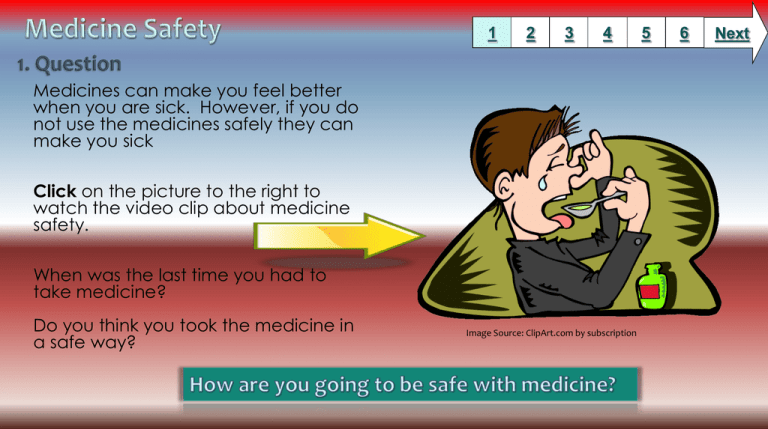
1
2
3
4
Medicines can make you feel better
when you are sick. However, if you do
not use the medicines safely they can
make you sick
Click on the picture to the right to
watch the video clip about medicine
safety.
When was the last time you had to
take medicine?
Do you think you took the medicine in
a safe way?
Image Source: ClipArt.com by subscription
5
6
Next
1
2
3
4
5
6
Next
Watch the BrainPOP Jr. video below, then complete the quiz. After you finish
the quiz, click on the Voki and listen.*
*NOTE: Go to the BCPS Database page and click on BrainPOP Jr., then return to this slide and click on the
video links below.
Quiz
Challenge yourself
Image Source: BrainPop and Voki by subscription
1
It is time to complete the medicine
safety worksheet. On the worksheet
circle the happy face if the action is
safe and circle the sad face if the
action is not safe.
Image Source: ClipArt.com by subscription
2
3
4
5
6
Next
1
2
3
4
5
In each bottle, type one rule you are going to follow when you take
medicine.
Image Source: ClipArt.com by subscription
6
Next
1
2
3
4
5
6
Next
Good Job! Now you can keep learning by clicking on these two activities.
Image Source: BrainPop.com by subscription
1
2
3
4
5
6
Grade Level and Content Area
Grade 2 Health
Time Frame: 1-2 class periods
BCPS Curriculum / Maryland State Curriculum 2.0 Alcohol, Tobacco, and Other Drugs
Students will demonstrate the ability to use drug knowledge, decision-making skills, and health enhancing
non-use, and abuse of medications, alcohol, tobacco, and other drugs.
A. Medicine
1. Identify practices for using medicine safely.
a. Describe rules for taking medicine safely.
Differentiation strategies for this lesson:
Direct students to use learning tools included in our BCPSlicensed databases, such as: audio read-aloud, labeled reading
levels/Lexiles, and embedded dictionaries.
Students may work in partners
The Slam Dunks contains a lower level and a higher level quiz
Common Core State Standards
Reading: 1. Read closely to determine what the text says explicitly and to make logical inferences from it;
cite specific textual evidence when writing or speaking to support conclusions drawn from the text.
Writing: 7. Conduct short as well as more sustained research projects based on focused questions,
demonstrating understanding of the subject under investigation.
Standards for the 21st Century Learner
1.1.6 Read, view, and listen for information presented in any format (e.g. textual, visual, media, digital) in
order to make inferences and gather meaning.
2.1.3 Use strategies to draw conclusions from information and apply knowledge to curricular areas, realworld situations, and further investigations.
ISTE NETS - National Educational Technology Standards for Students
3. Research and Information Fluency: Students apply digital tools to gather, evaluate, and use information.
b. Locate, organize, analyze, evaluate, synthesize, and ethically use information from a variety of
sources and media.
4. Critical Thinking, Problem Solving, and Decision Making: Students use critical thinking skills to plan and
conduct research, manage projects, solve problems, and make informed decisions using appropriate
digital tools and resources. c. Collect and analyze data to identify solutions and/or make informed
decisions.
Last updated: July, 2015
Learning Styles addressed in this lesson:
Visual, auditory, kinesthetic, reflective, Field Independent
Notes to the teacher:
Collaborate with your school library media specialist to
implement this lesson.
Students may need their usernames and passwords to watch the
video clips.
The LMS may need to assist students with usernames and
passwords.
Teachers can print out the activity worksheet if they choose.
Students must save to PowerPoint on their students drive so the
assessment page can be graded.
Created by Andrew Murray, Library Media Specialist Intern
BCPS Slam Dunk Research Model, Copyright 2013, Baltimore County Public Schools, MD, all rights reserved. The models may be used for educational, non-profit school use only.
All other uses, transmissions, and duplications are prohibited unless permission is granted expressly. This lesson is based on Jamie McKenzie’s Slam Dunk Lesson module.

